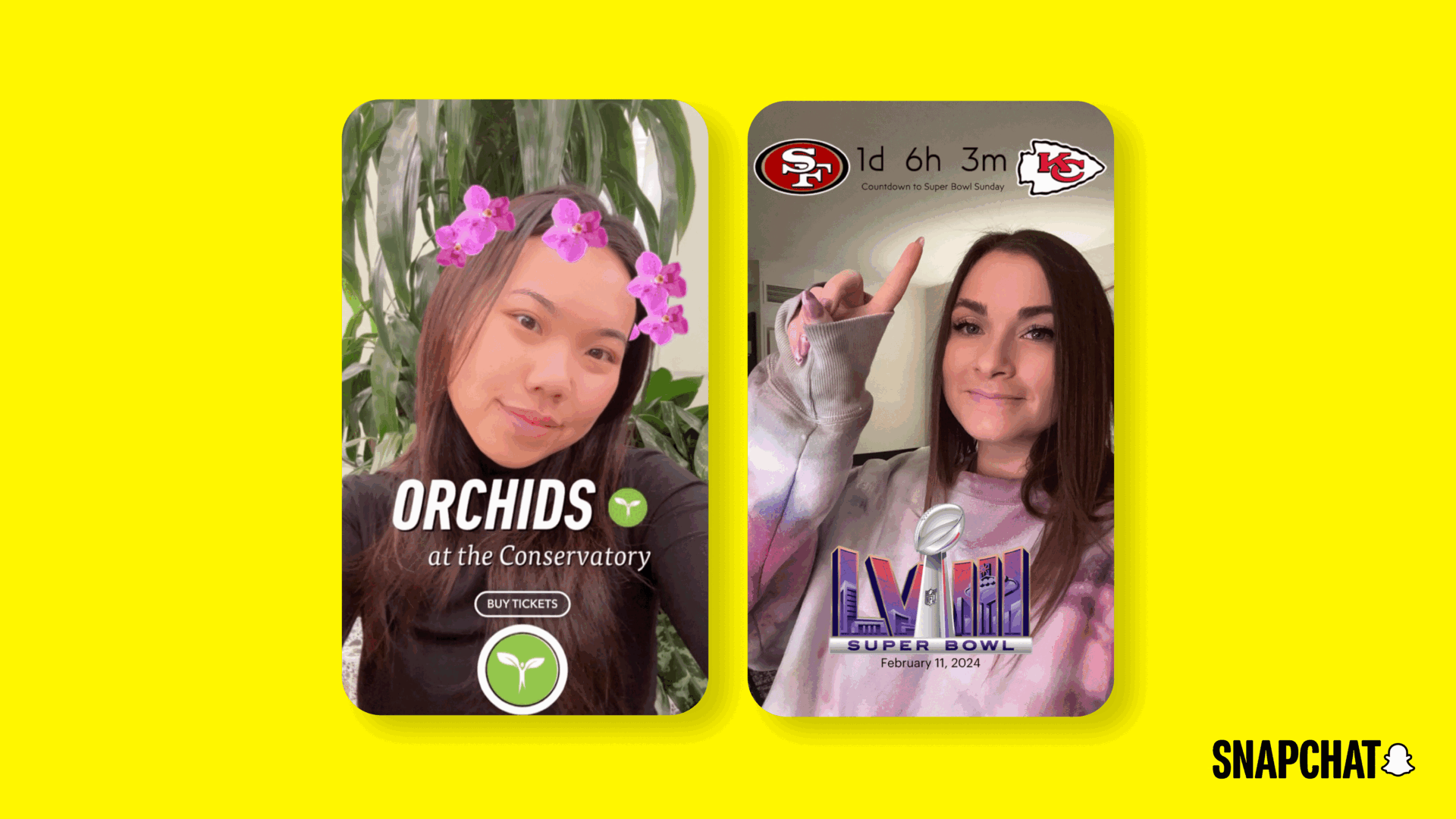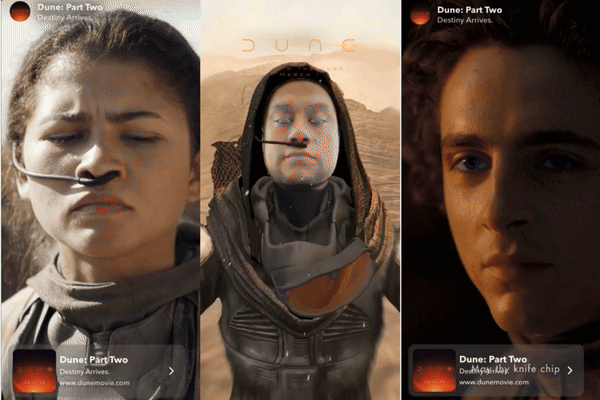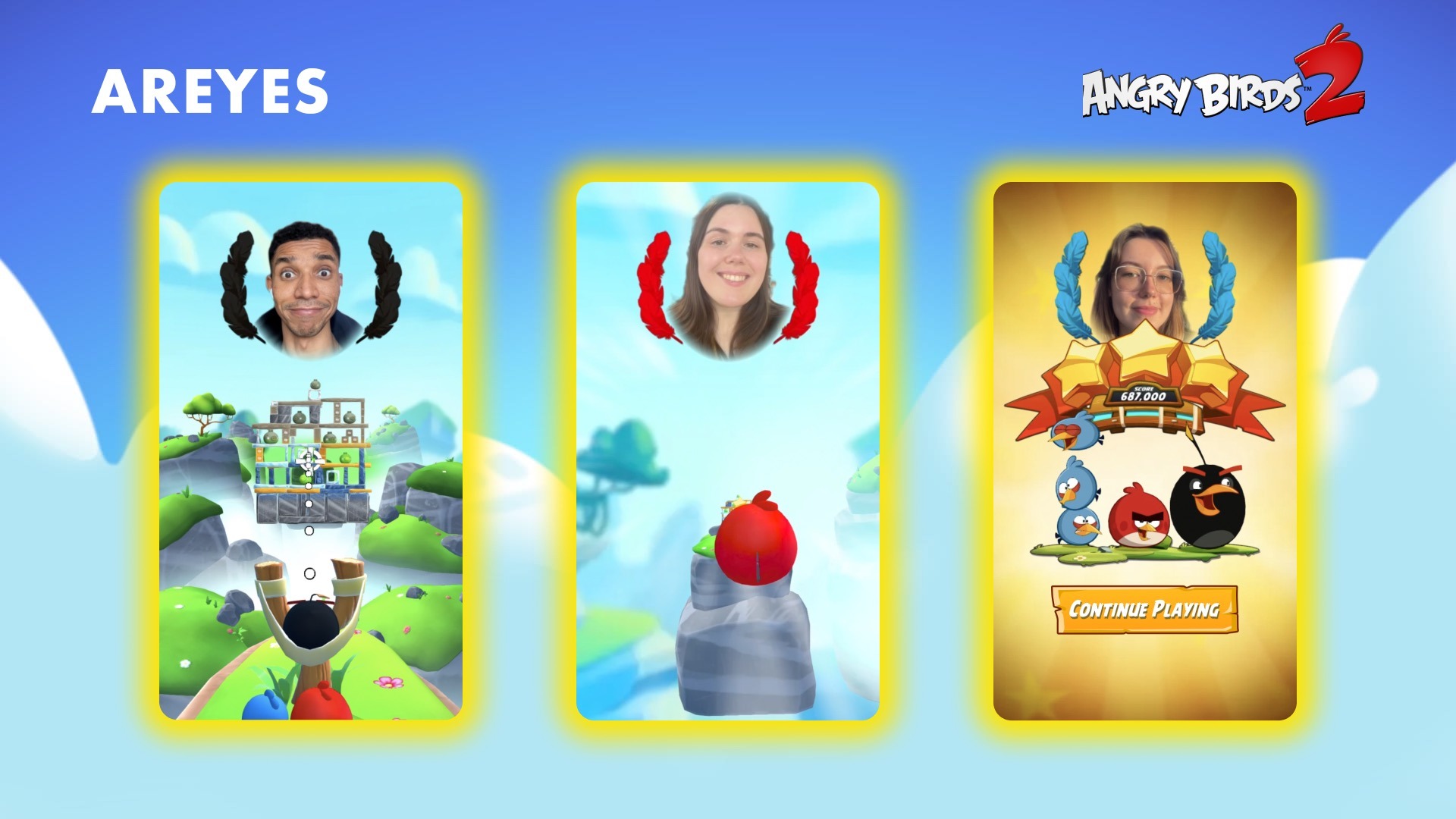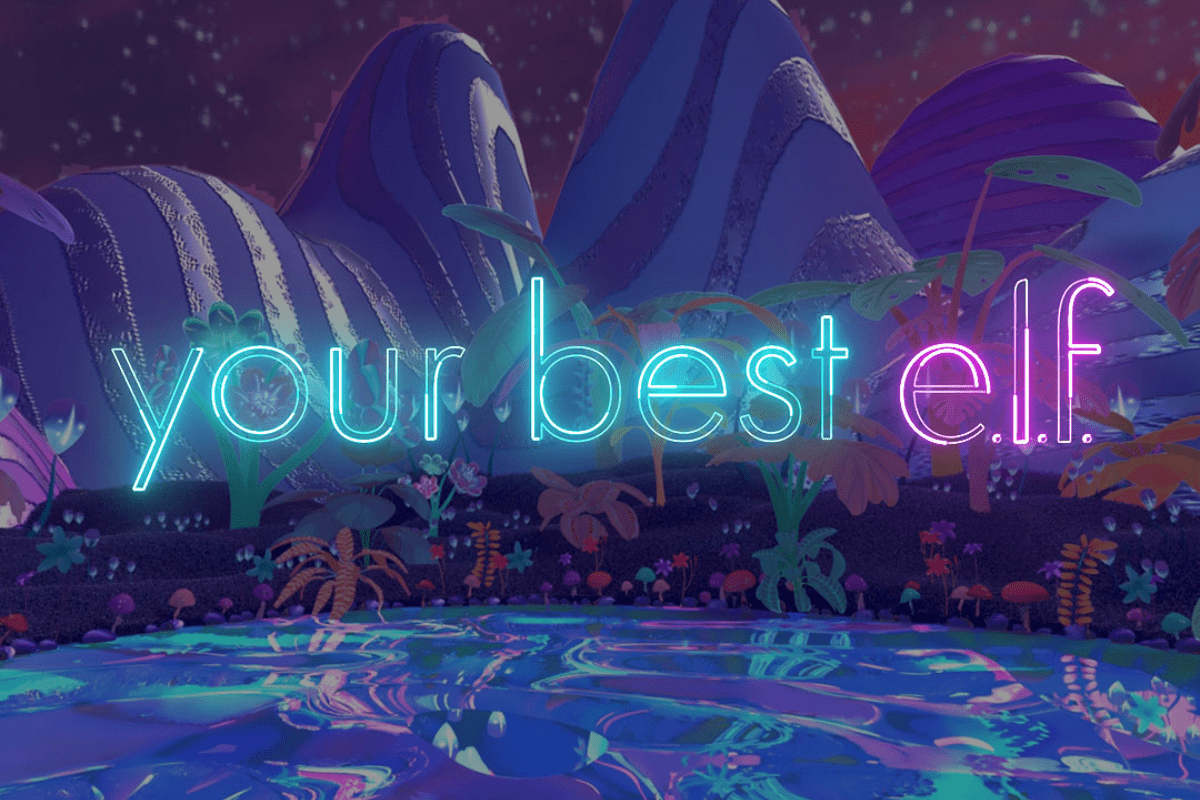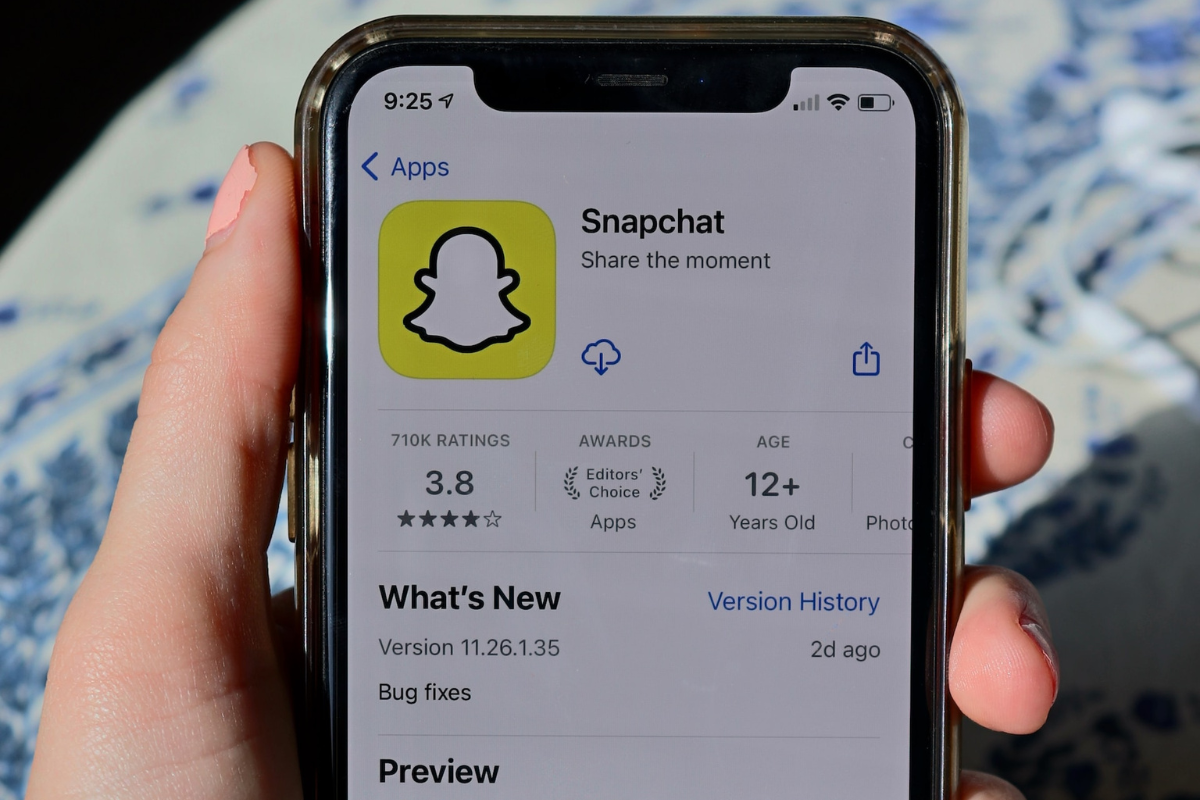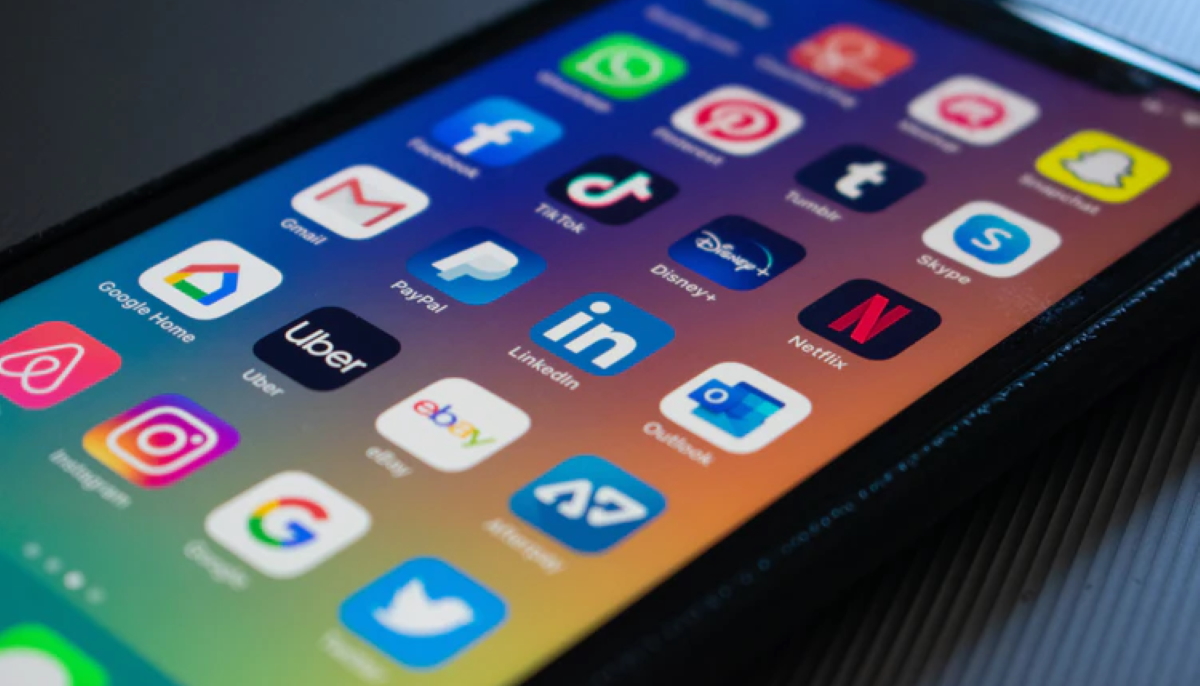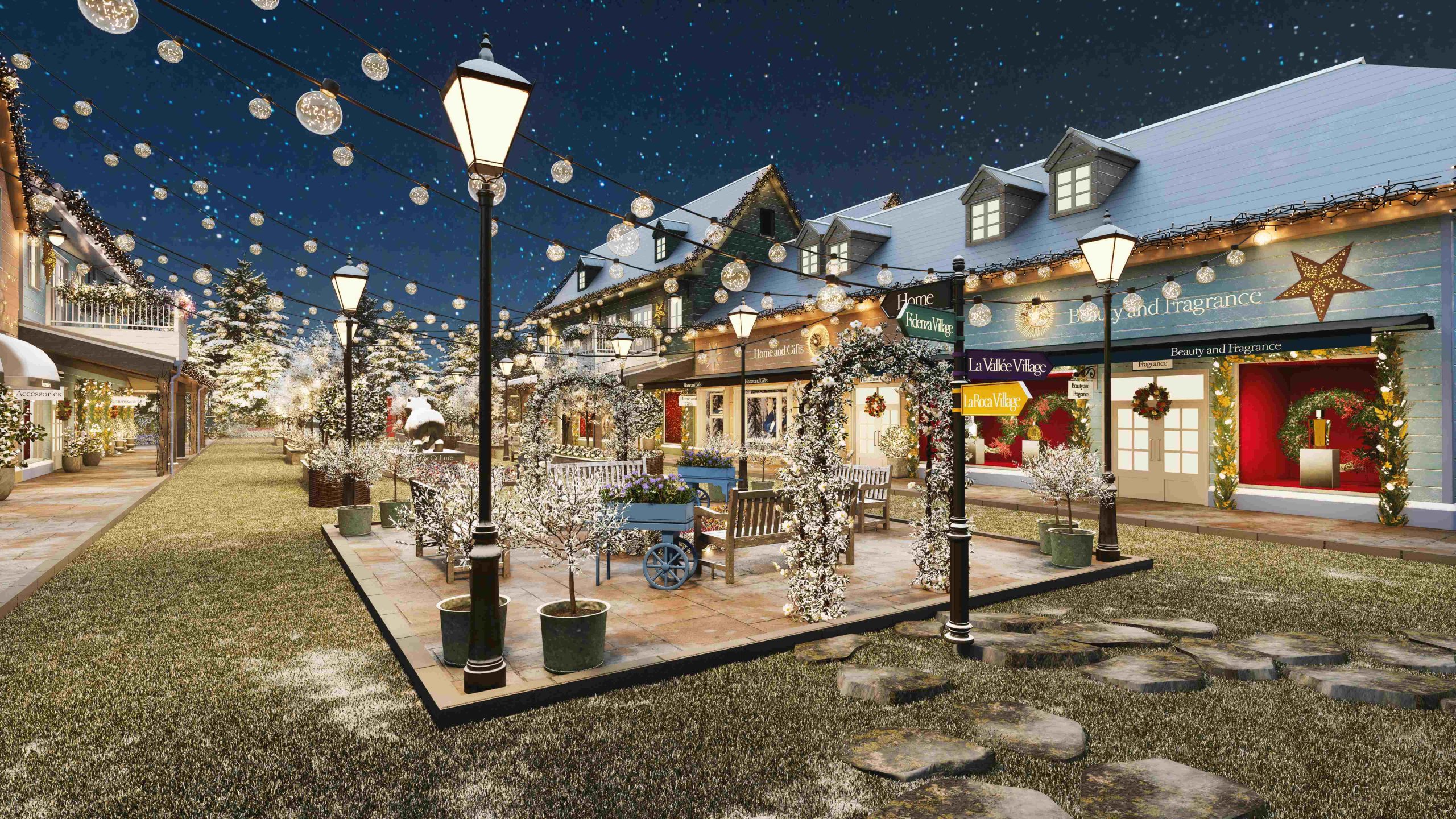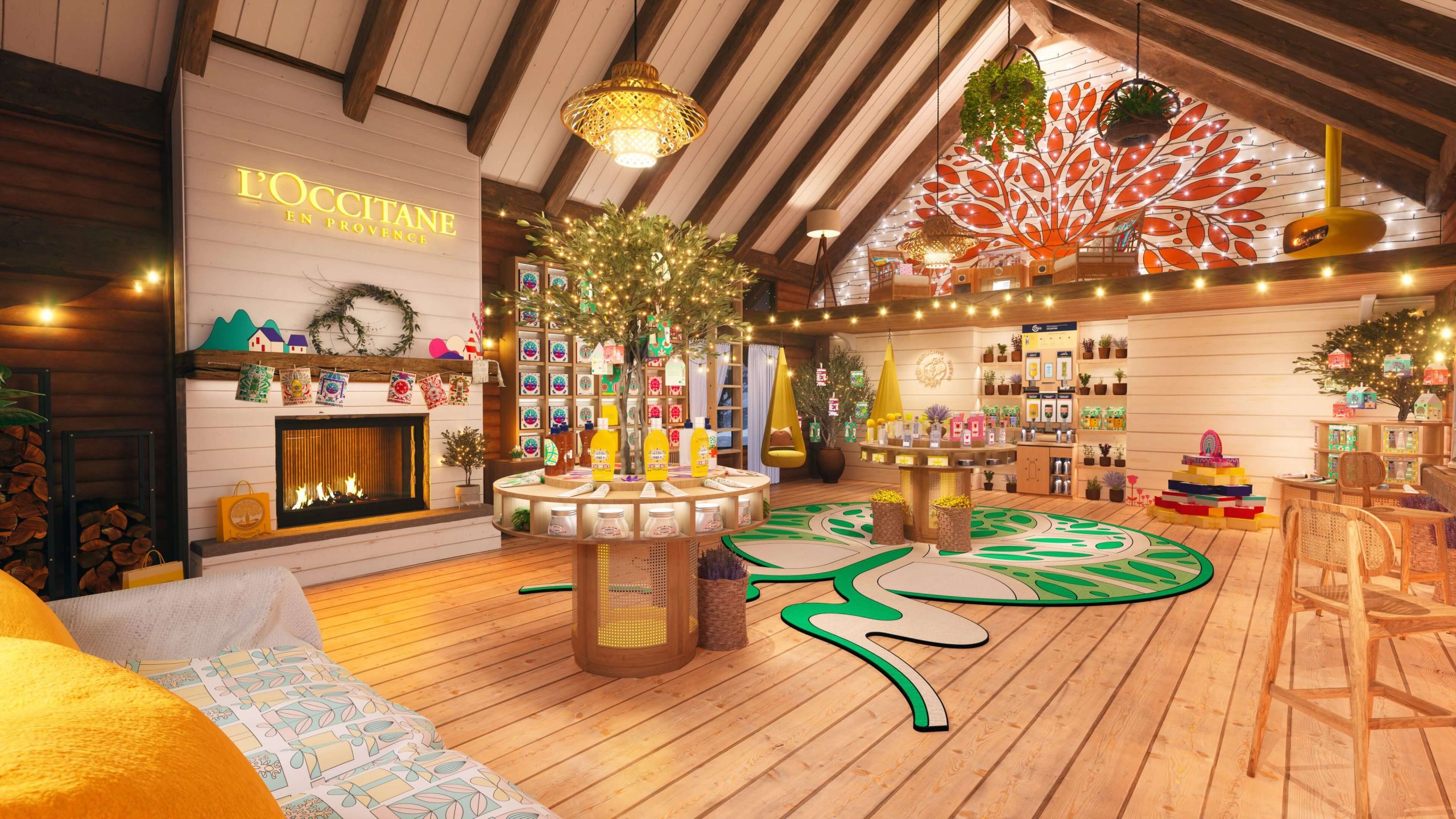EE and BT unveil enhanced viewing experience for sports and the arts using 5G tech
- Friday, March 11th, 2022
- Share this article:
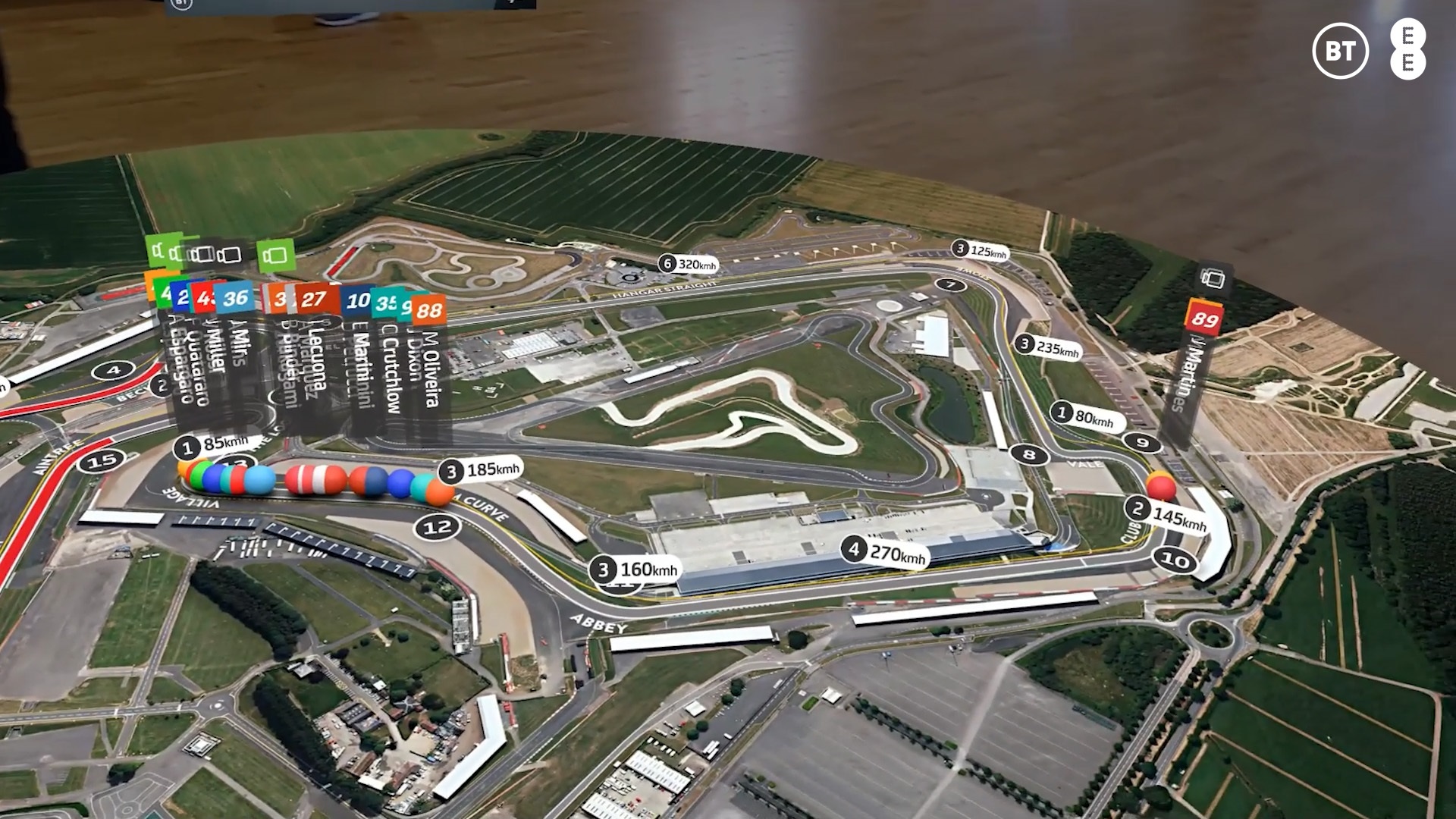 EE and BT Sport are unveiling what they describe as: “pioneering uses of 5G which re-imagine the experience of watching and performing sports, dance, music and theatre through virtual, augmented and mixed reality applications.”
EE and BT Sport are unveiling what they describe as: “pioneering uses of 5G which re-imagine the experience of watching and performing sports, dance, music and theatre through virtual, augmented and mixed reality applications.”
Using everyday devices such as smartphones, tablets and TVs, as well as the latest augmented reality (AR) headsets, the new prototypes will enable users to take control and engage in an event from any angle of their choosing.
For example, rugby fans can access real-time AR insights such game data overlaid onto players, ball trajectories, gain-line visuals, kick distances, possession data and alternative camera views. Additional features under consideration include alternative partisan commentaries, localised stadium advertising and route-finding info to the stadium.
For boxing matches, viewers can access a real-time volumetric video to create so-called ‘holographic boxers’ who are synchronised with the live TV broadcast. The volumetric video can be placed, for example, on a viewer’s coffee table while they watch the live fight on their TV. Replays can be watched in slow-motion from any angle during breaks, together with fight data. Additionally, a Hype Mode feature provides an entertaining broadcast experience with fun, action-themed on-screen descriptions for key moments and punch tracers lined with graphics such as blazes of fire.
For MotoGP, the prototype provides an immersive race presentation through a virtual multi-screen viewing suite offering 17 different video panels. In addition, viewers can access an at-scale circuit map showing the position of riders throughout the race, together with a Parc Ferme area offering full-size 3D renderings of team motorbikes with spatial audio. Content viewable on the 17 live video panels includes a race helicopter view; bike-cams on up to seven different bikes; replays; a timing panel showing individual racer timings; and an interactive leader board showing the position of riders in the race.
For football, the prototype provides an immersive experience using the BT Sport App’s existing 360-degree service, combined with spatial audio and dynamic graphics to provide 8K, 360-degree multi camera viewpoints; screens showing the live TV match feed; team sheets and match information; embedded match information graphics; and an interactive timeline that enables users to directly jump to key events within the match. In addition, it provides spatial audio specific to the camera location and orientation of the user.
And for dance, music and theatre, the experience showcases live-streamed AR dance classes, led by a remote dance artist who is presented as a volumetric hologram mixed into the real-world using AR glasses.
The prototypes are the first outputs from an EE- and BT Sport-led project, 5G Edge–XR, which demonstrates how the potential of EE’s 5G network, paired with cloud graphics processing units, can enable consumers to view events in a range of new, highly immersive ways. 5G Edge-XR is supported by The Department of Digital, Culture, Media & Sport (DCMS), The Grid Factory, Condense Reality, DanceEast, Salsa Sound and The University of Bristol. Other high-end XR services being explored by the project address the needs of industries including construction, health and retail.
The new outputs are the latest industry-first collaboration around the use of world-class 5G networks between EE, BT Sport, BT Applied Research and BT Media & Broadcast:
“Our work at Adastral Park alongside world-class innovators including BT Sport and our 5G Edge-XR partners demonstrates how EE’s 5G network can support services that deliver uncompromised audio and visuals,” said Lisa Perkins, Research Realisation Director at BT. “We’re excited to be unveiling experiences that could transform sports, culture, and the arts as well as demonstrating the benefits 5G can bring to people and businesses.”





